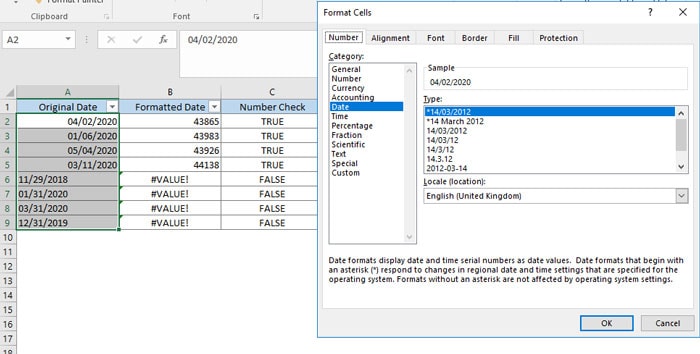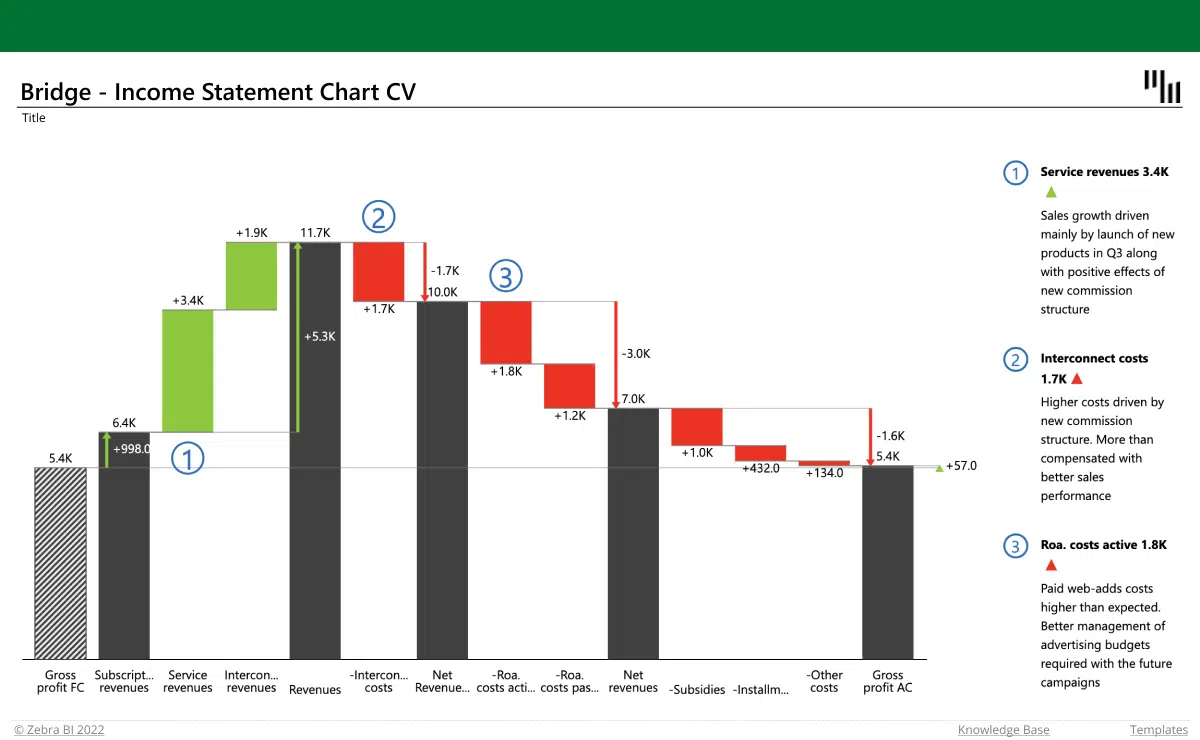Examine This Report on Excel Links Not Working
Wiki Article
The Best Guide To Excel Links Not Working
Table of ContentsExcel Links Not Working for DummiesHow Excel Links Not Working can Save You Time, Stress, and Money.Examine This Report on Excel Links Not WorkingNot known Factual Statements About Excel Links Not Working Our Excel Links Not Working Diaries

Nevertheless, selection computation features like either can not handle entire column referrals or determine all the cells in the column. User-defined features do not immediately recognize the last-used row in the column and, for that reason, frequently determine entire column referrals inefficiently. Nevertheless, it is simple to program user-defined functions so that they identify the last-used row (excel links not working).

Excel Links Not Working Fundamentals Explained
Making use of the formula for a dynamic range is typically more suitable to the formula due to the fact that has the negative aspect of being a volatile function that will certainly be computed at every recalculation. Efficiency decreases due to the fact that the function inside the vibrant array formula need to check out lots of rows.$A$ 1) - 1,1) You can likewise make use of functions such as to create dynamic varieties, yet is volatile and also constantly calculates single-threaded.
Utilizing multiple dynamic arrays within a solitary column calls for special-purpose counting functions. Making use of numerous vibrant varieties can reduce efficiency. In Workplace 365 variation 1809 and also later, Excel's VLOOKUP, HLOOKUP, and also suit for precise match on unsorted data is much faster than ever prior to when searching for numerous columns (or rows with HLOOKUP) from the very same table range.
Fortunately, there are numerous methods of improving lookup calculation time - excel links not working. If you use the exact suit option, the computation time for the function is symmetrical to the variety of cells scanned before a suit is located. For lookups over huge arrays, this time around can be considerable. Lookup time utilizing the approximate suit choices of,, as well as on sorted data is quick as well as is not dramatically enhanced by the size of the range you are looking up.
The smart Trick of Excel Links Not Working That Nobody is Talking About
Make certain that you understand the match-type and range-lookup options in,, and also. The adhering to code example shows the phrase structure for the function. SUIT(lookup value, lookup range, matchtype) returns the biggest match less than or equal to the lookup worth when the lookup selection is sorted ascending (approximate match).The default option is approximate suit sorted ascending. The adhering to code instance shows the syntax for the as well as functions.
VLOOKUP(lookup worth, table range, col index num, range-lookup) HLOOKUP(lookup value, table selection, row index num, range-lookup) returns the biggest suit less than or equal to the lookup value (approximate match). Table range should be sorted ascending.
How Excel Links Not Working can Save You Time, Stress, and Money.
If your data is arranged, yet you want an exact suit, see Usage two lookups for sorted information with missing worths. Attempt utilizing the as well as works rather of. Is a little much faster (about 5 percent faster), simpler, and also makes use of much less memory than a combination of as well as, or, the added versatility that and offer frequently allows you to substantially save time.
The feature is quick and also is a non-volatile function, which speeds up recalculation. The feature is additionally quick; nevertheless, it is an unpredictable feature, and it often considerably boosts the time taken to refine the computation chain.$A$ 2:$F$ 1000, MATCH(A1,$A$ 1:$A$ 1000,0),3) Since exact match lookups can be slow-moving, take into consideration the following options for enhancing performance: Utilize one worksheet.
When you can, the data initially (is fast), and also utilize approximate match. When you need to utilize a specific suit lookup, restrict the variety of cells to be checked to a minimum. Use tables as well as organized referrals or vibrant range names instead than referring to a lot of rows or read review columns.
Excel Links Not Working Fundamentals Explained
Two approximate suits are substantially faster than one exact suit for a lookup over greater than a few rows. (The breakeven point has to do with 10-20 rows.) If you can sort your data yet still can not use approximate match since you can not be certain that the worth you are seeking out exists in the lookup array, you can utilize this formula: IF(VLOOKUP(lookup_val, lookup_array,1, True)=lookup_val, _ VLOOKUP(lookup_val, lookup_array, column, True), "notexist") The first component of the formula works by doing an approximate lookup on the lookup column itself.VLOOKUP(lookup_val, lookup_array, column, Real) If the answer from the lookup column did not match the lookup worth, you have a missing worth, and also the formula returns "notexist". Understand that if you search for a value smaller sized than the tiniest worth in the checklist, you get an error. You can manage this mistake by utilizing, or by adding a little test worth to the list.
Beginning with Excel 2007, you can make use of the feature, which is both simple and rapid. IF IFERROR(VLOOKUP(lookupval, table, 2 FALSE),0) In earlier versions, a simple but slow-moving method is to utilize a feature which contains 2 lookups. IF(ISNA(VLOOKUP(lookupval, table,2, FALSE)),0, _ VLOOKUP(lookupval, table,2, FALSE)) Continue You can stay clear of the dual specific lookup if you make use of precise when, save the cause a cell, and you can try this out afterwards evaluate the outcome before doing an.
Report this wiki page